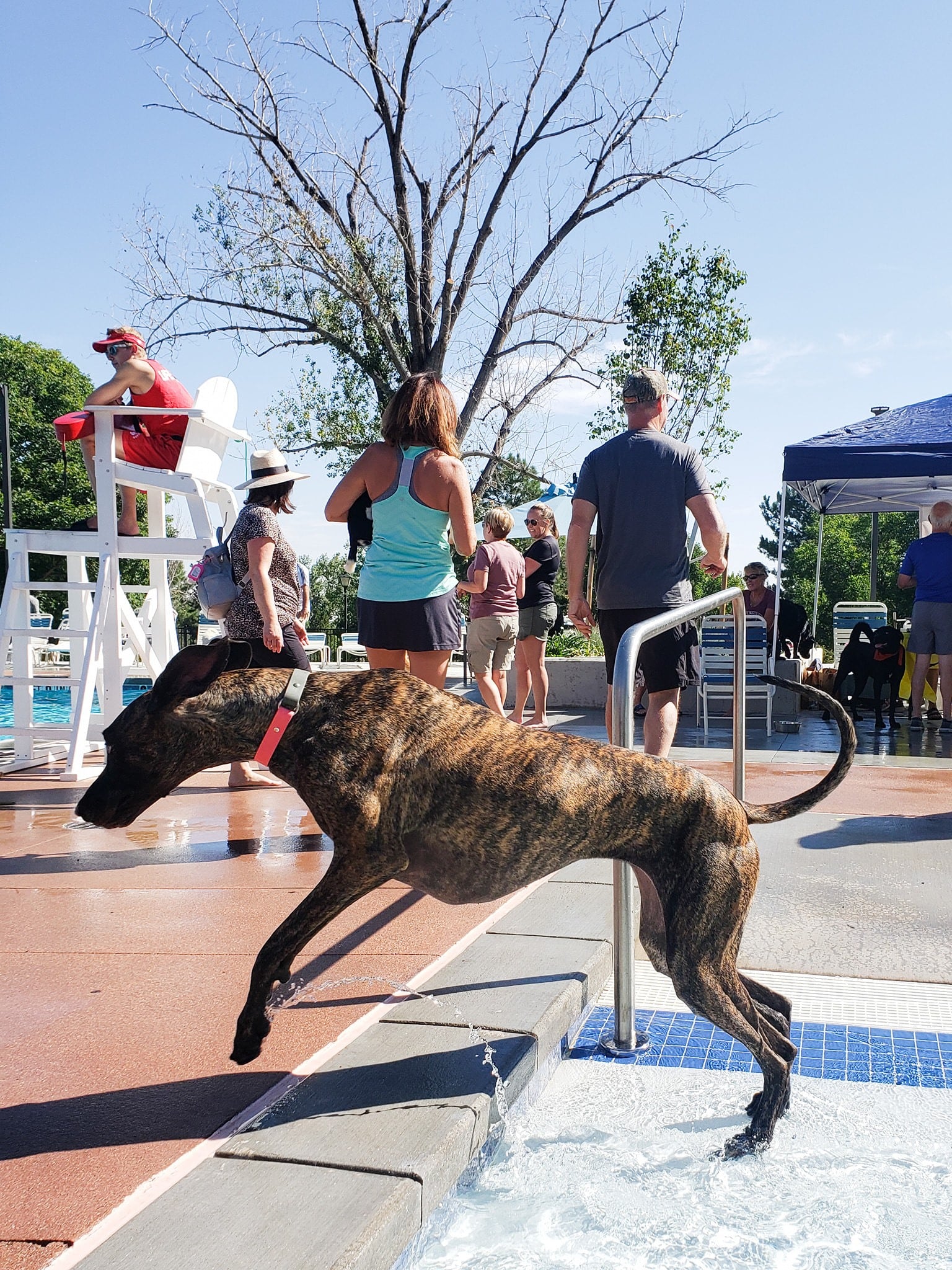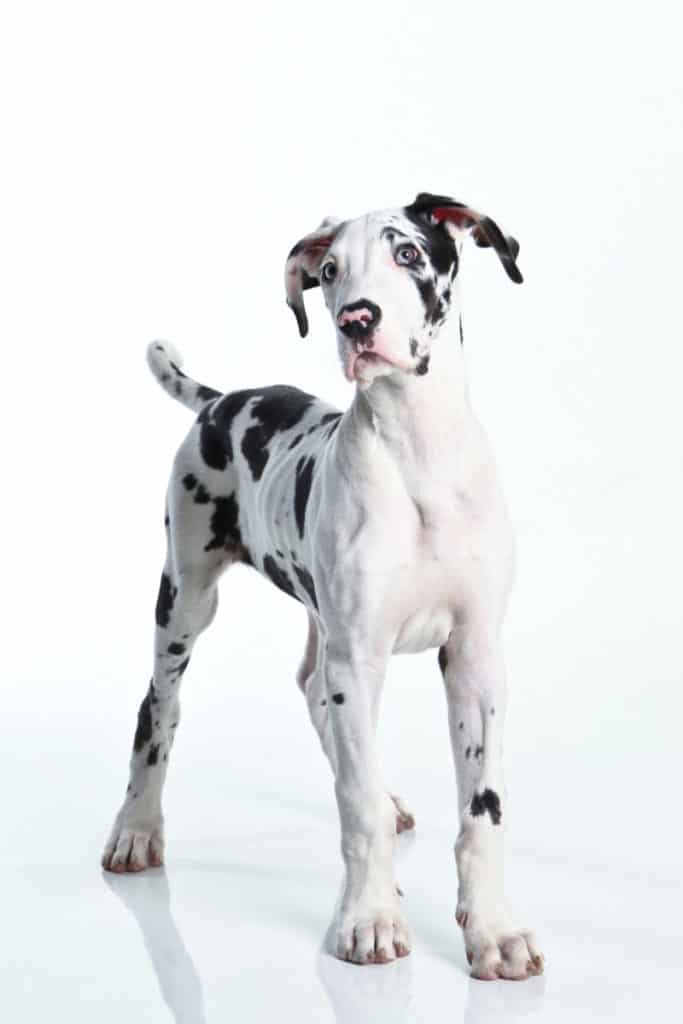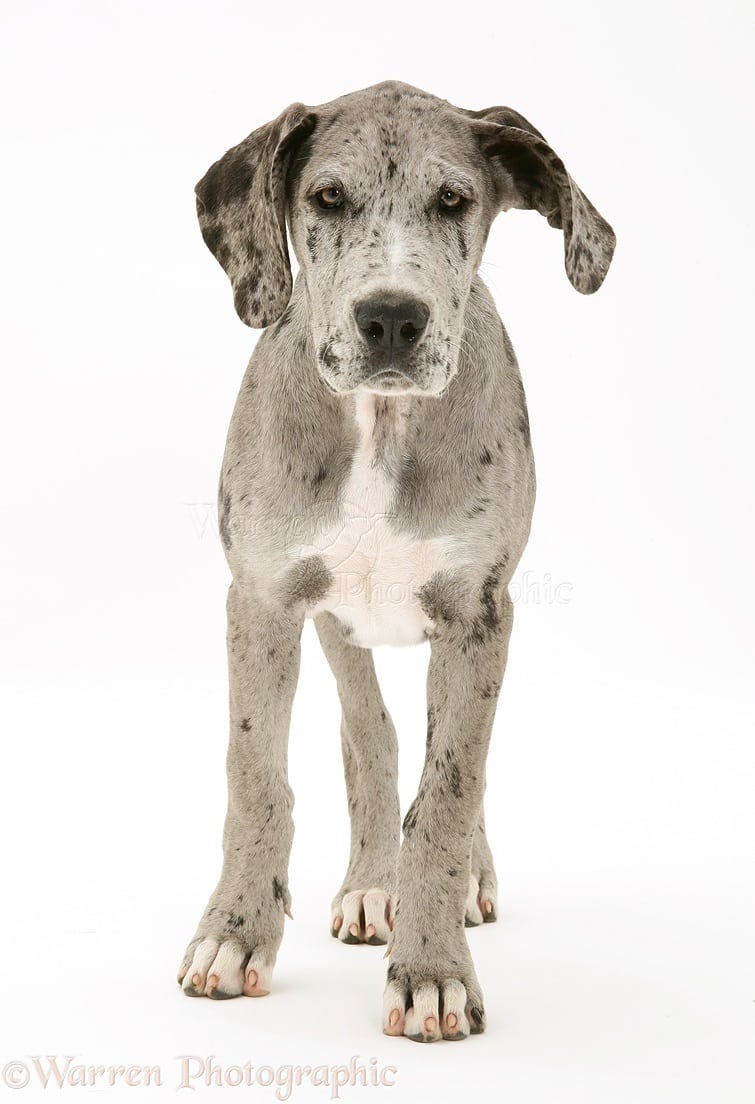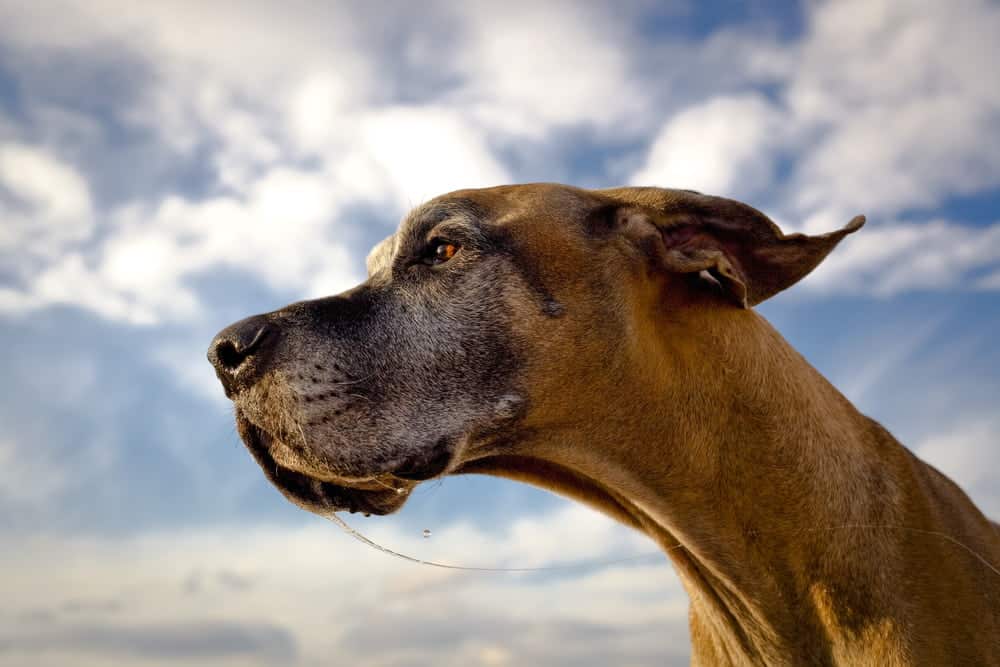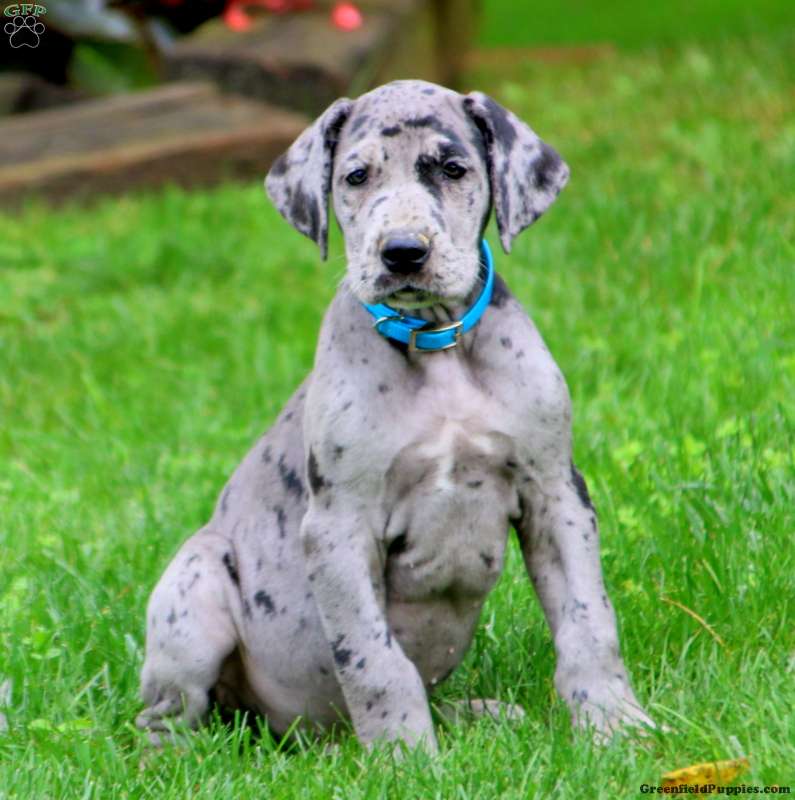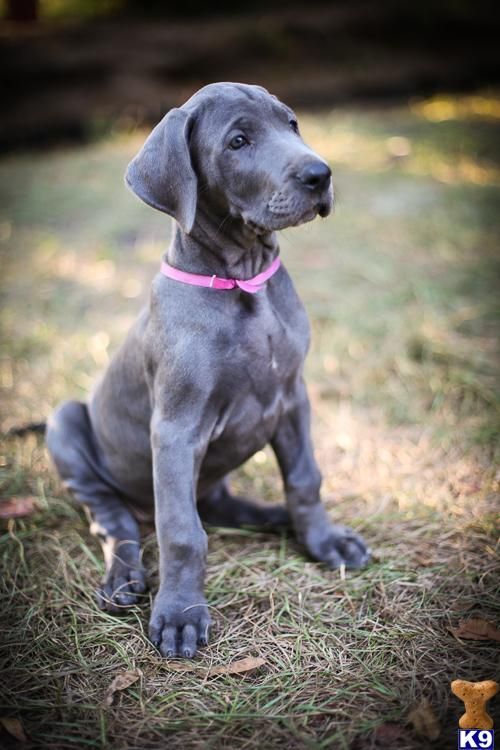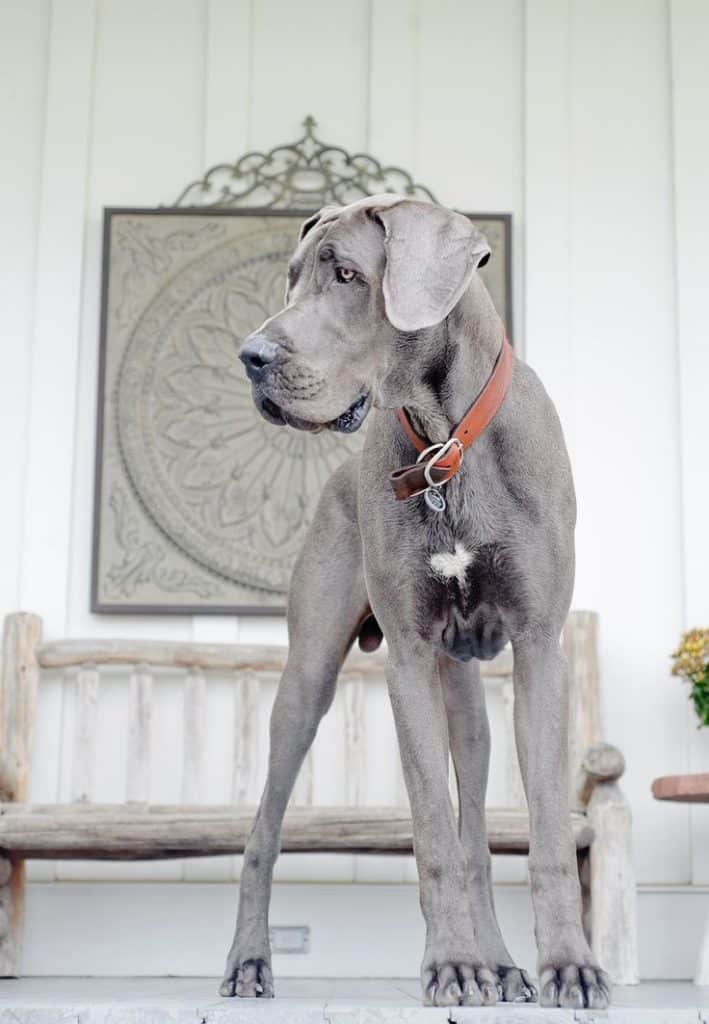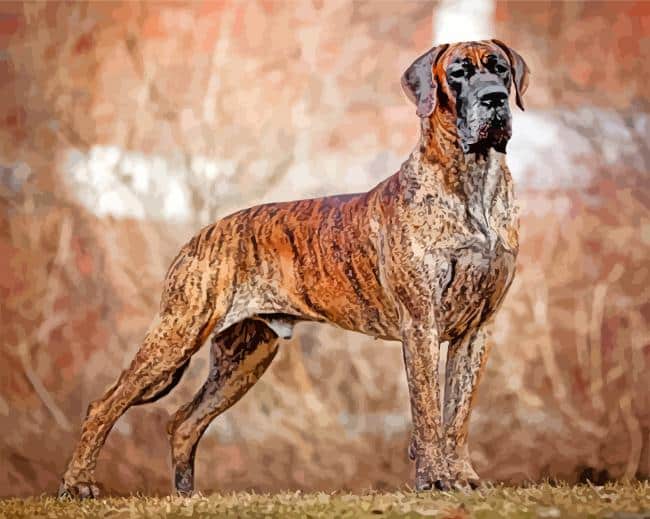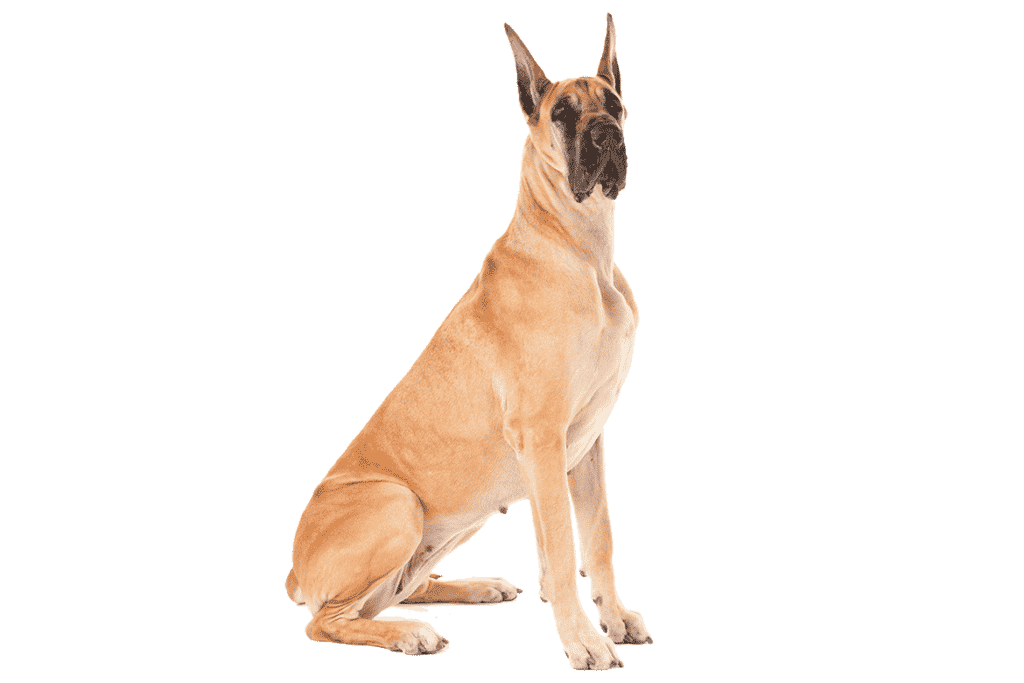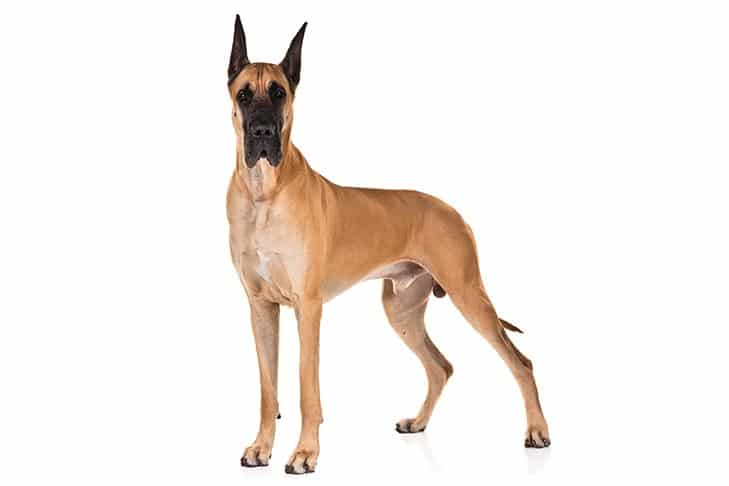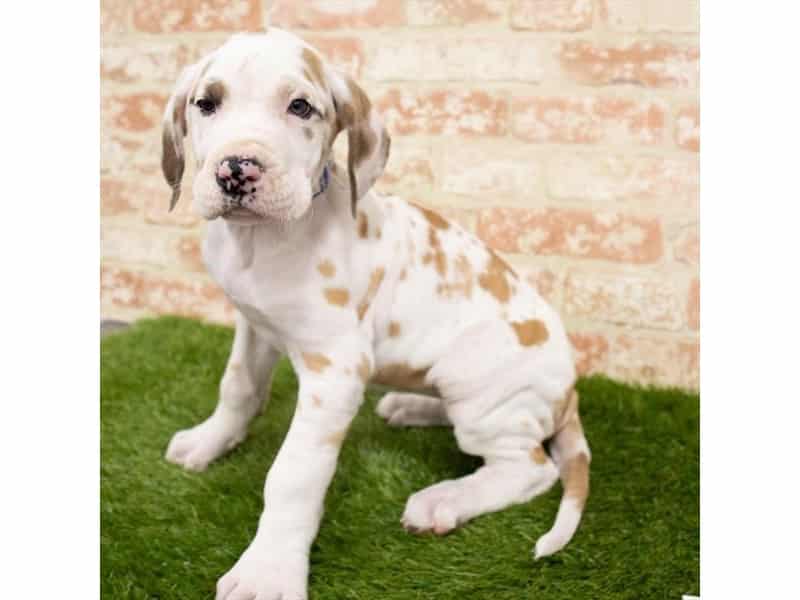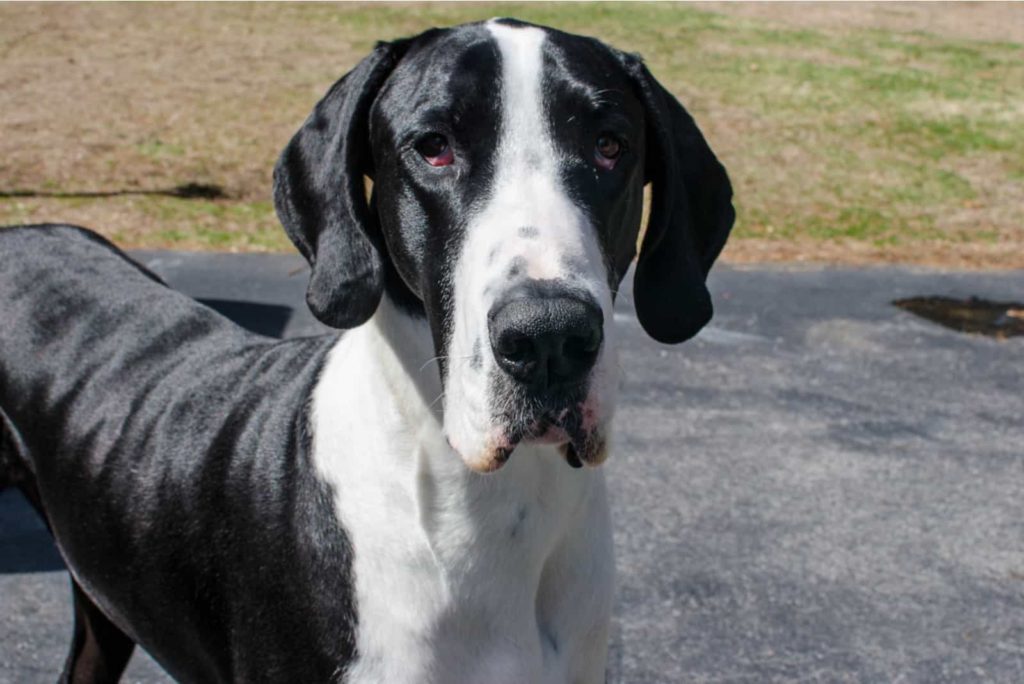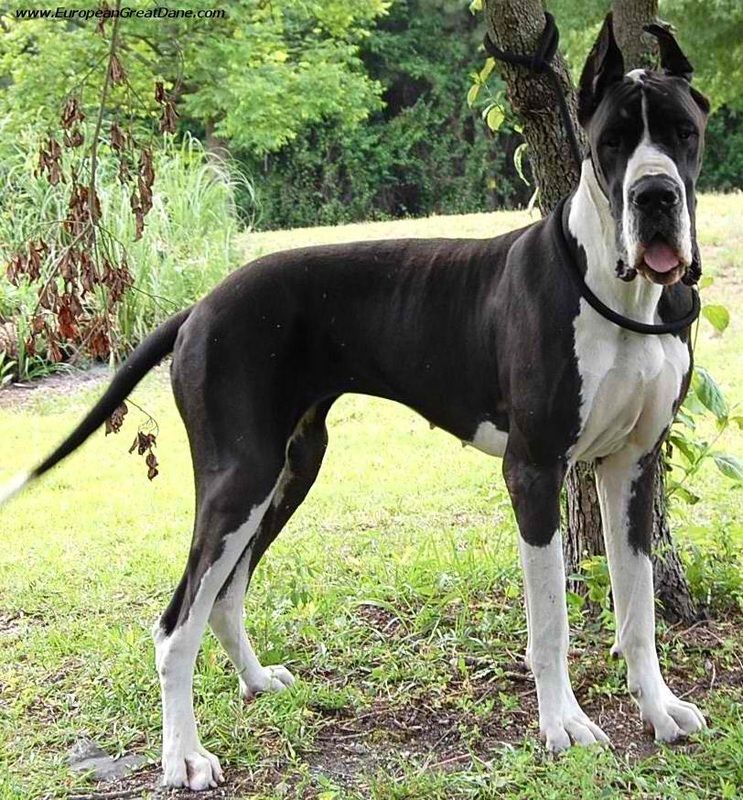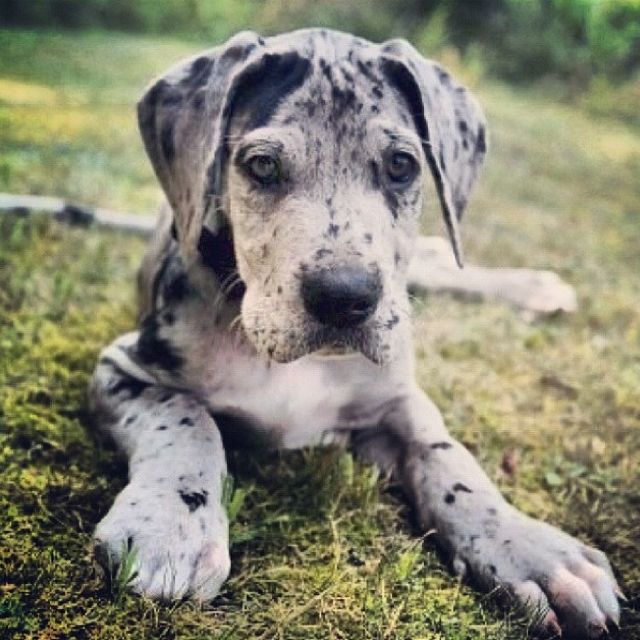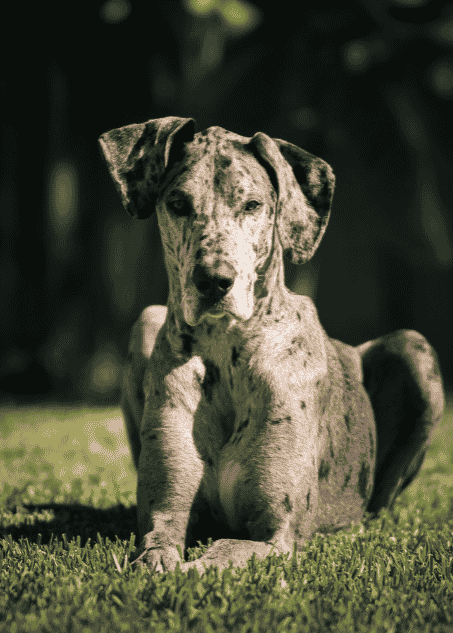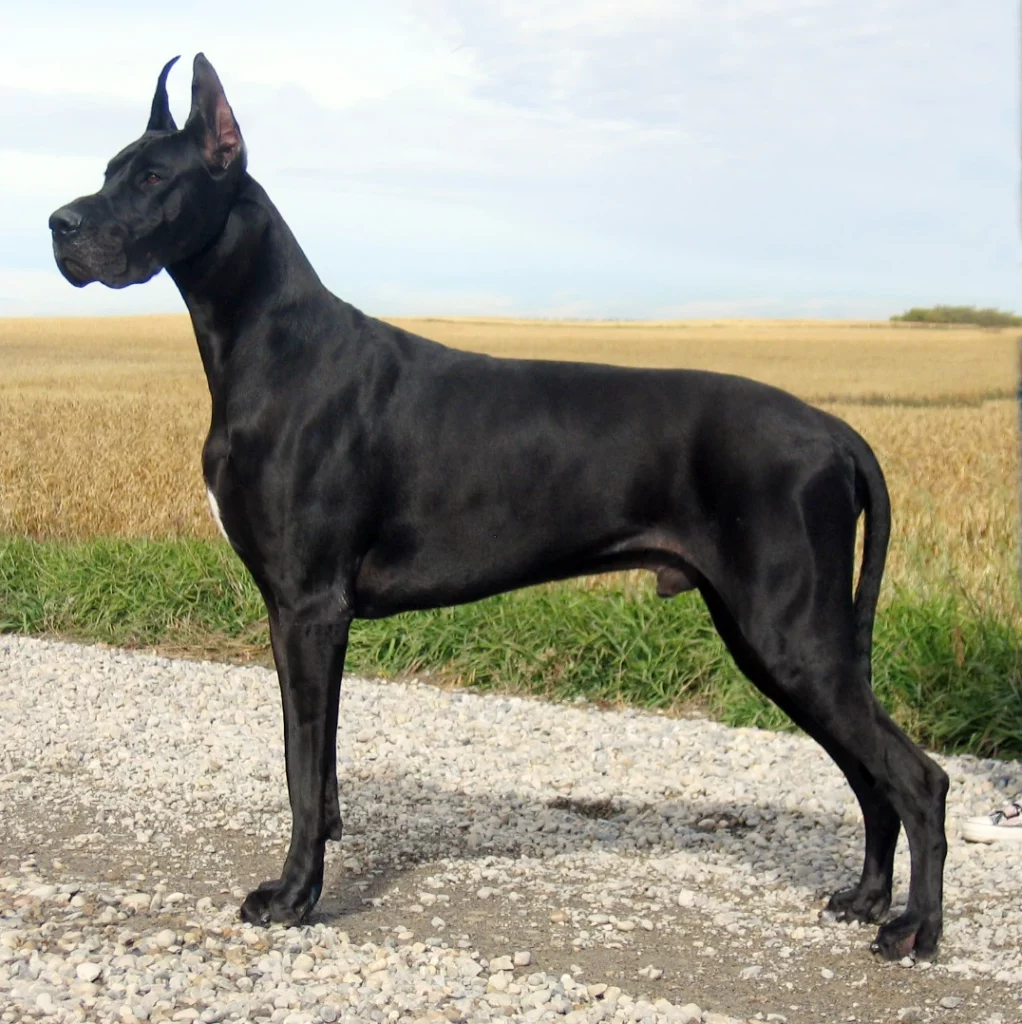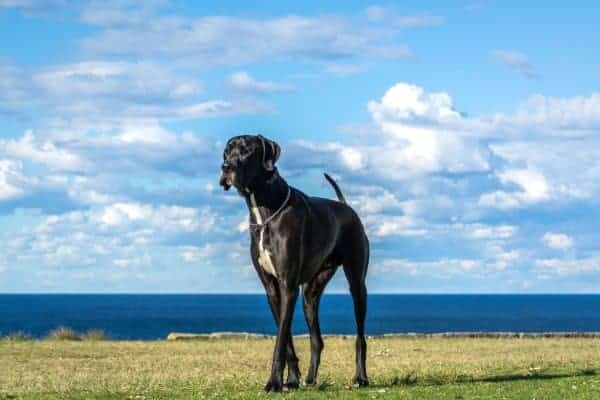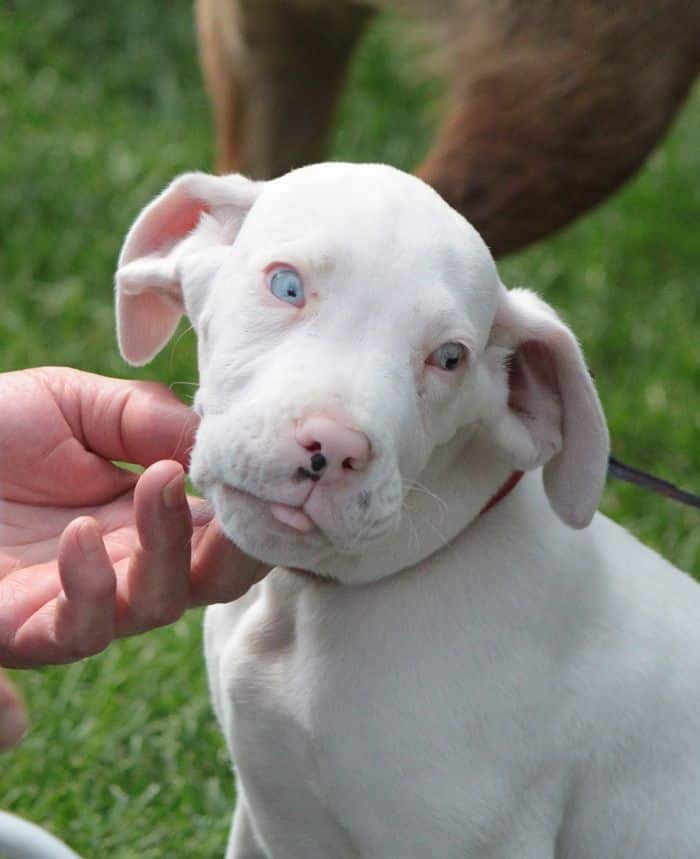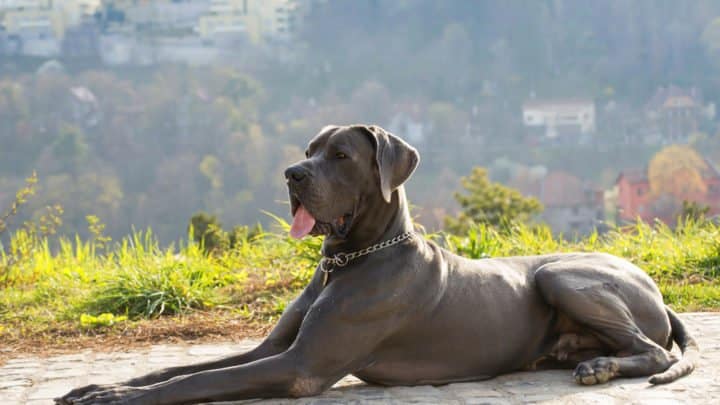Are Brindle Great Danes Rare? If you are in the market for a Great Dane but are unsure which color will best suit your family, you may consider a Brindle Great Dane.
5 Facts about Brindle Great Danes
Are Brindle Great Danes ‘American’ Great Danes?
While all Great Danes are typically seen as gentle giants and are known for their calm, loving demeanors, not all coat colors are created equal. By the end of this post, you will be able to identify the different variations of Brindle Great Danes, familiarize yourself with health issues and AKC breed standards, and learn a few interesting facts!
Origin of the Color: Are Brindle Great Danes Rare?
“I’ve never seen them come in THAT color!” is something Dior and I hear on nearly every outing.
The tiger-striped pattern of Dior’s coat is so unique, you can see why people might snap their necks trying to get a good look at him. Whether we are in the car, or at the grocery store – he really does turn a lot of heads.
But how uncommon is the brindle color REALLY!?
Brindle Danes- Are They Rare?
In short – no, Brindle coat colors and patterns have been around for as long as dogs have walked the earth.
An article written at Simply Dog Owners states, “The term [brindle] comes from an old French word for the striped animal: brin d’he (meaning “whisker”), which was later shortened into English usage with just one letter dropped off – hence today’s spelling: `BRINDLE.’
Brindle Great Danes
Blue Great Danes
Mantle Great Danes
Black Great Danes
Double Merle Great Danes
A brindle striped coat can contain several colors, but you will most typically see a solid brown base color with overlaying brown stripes. The brown stripes can vary in color which makes for another way to categorize the coat.
FUN FACT: White is actually the most rare coat color of the breed because of its increased susceptibility to health issues and genetic defects. You can read more about double-merle Great Danes here.
Brindle vs Reverse Brindle: Which is Which?
Nowadays, you may or may not have heard these terms thrown around, however the differentiation between the two coat colors is not currently recognized by the American Kennel Club (AKC).
BRINDLE
Brindle refers to a darker brown coat with hints of lighter stripes throughout. Usually these dogs appear black or dark brown in color with hints of tan and red markings. (Read more: All Things Brindle)
REVERSE BRINDLE
On the other hand, a reverse brindle coat is the opposite. The coat appears to be light brown with hints of darker stripes throughout. According to these two terms, Dior is referred to as a reverse brindle Great Dane.
Interestingly enough, all brindle-coated dogs technically have a black or dark brown base coat with lighter stripes – but sometimes there is less pigmentation from the base coat and more from the stripes (hence the reverse brindle).
Before I confuse you further, let’s dive into the genetics behind this fascinating coat.
Genetics Behind The Brindle Color
Gregor Mendel, also known as the Father of Genetics, is the one who proved that an offspring of any kind is a product of two parents. While he illustrated his theory with pea plants, the science behind genetics applies to all forms of life – including dogs.
According to the VCA Animal Hospital, “…the mother and father each randomly contribute one allele from each locus, giving each allele a 50% chance of being passed on to the pups.”
Dogs contain 39 pairs of chromosomes (or genetic material), that is passed down from their mother and father. These genes determine the sex of the dog and everything else that makes them unique from the color of their eyes down to the pattern of their coat.
The brindle trait itself can be either dominant or recessive, but it is important to note that they come from the same color family as fawns. (Fawn Great Danes)
“Brindle is caused by a complex gene process and is technically a form of mosaicism, where some cells express one allele (KB) and some express the other (ky),” says Dog Genetics. If you are interested in a more in-depth overview of the science behind the brindle coat and all of the variations throughout, I encourage you to check out this article!
Health & Breeding
I would like to preface this by saying I am not a veterinarian and you should not use this section as medical advice.
Furthermore, there is a lot more that goes into breeding Great Danes then just mixing colors to see what you’ll get – therefore, I would suggest you read this article about the dangers of backyard breeding.
Bad Breeders
Scam Breeders: What to Look For
Breeders: Shady Business
Should I Choose a Breeder or Rescue?
Choosing a Dog From a Show Breeder
What Makes a Breeder Good?
Brindle Great Danes & Their Health Issues
Great Danes are prone to a variety of health issues like Gastric Tortion / Bloat (GDV), Wobblers Syndrome, Hip Dysplasia, and different forms of Cancer. Be that as it may, brindle Great Danes are not specifically susceptible to any of these conditions in particular just based on their coat color.
If you are concerned for the health of your Great Dane, please consult your veterinarian. If you’re in the process of bringing a Great Dane into your home, it is my recommendation that you request health tests to the parent Danes to see if your dog might be at greater risk of developing any of the above conditions.
Can You Breed Brindle Great Danes?
As previously mentioned, I would discourage you from breeding your dog unless you comply with the AKC Responsible Breeding Standards BUT yes, brindle Great Danes can be bred.
Brindle is one of the nine colors that are deemed acceptable for show in regards to AKC standards but there are several other variations to the brindle coat that include:
- Brindle mantle
- Blue brindle
- Blue brindle mantle
- Brindle merle
- Brindle merle mantle
- Blue brindle merle
- Blue brindle merle mantle
- Brindle harlequin (aka brindlequin)
- Brindle harlequin mantle
- Blue brindle harlequin mantle
It is uncommon for an ethical breeder to breed outside of the color family (brindles & fawns), but that doesn’t always mean it doesn’t happen. If we take a look back at genetics, recessive traits are not always present in adult dogs and therefore some can be passed down through generations (even if undesirable).
The AKC Brindle Standard
Don’t let the word ‘undesirable’ turn you off bringing home a brindle Great Dane. The color of their coat does not influence their demeanor or personality – but if you are looking to show your Great Dane the AKC standards will be something to consider.
They are as follows:
Brindle Color:
COLOR: the base color shall be yellow gold and always be brindled with black cross stripes
Brindle Patterns:
PATTERNS/MARKINGS: Brindle shall have a black chevron pattern with a black mask. Black should appear on the eye rims and eyebrows and may appear on the ears and tail tip. The more intense the base color and the more distinct and evenly brindled, the more preferred will be the color. Too much or too little brindling are equally undesirable. White markings on the chest or toes; black fronted; dirty colored Brindles; are not desirable.
If competing with your Great Dane in show is something that interests you, you can find the full article here.
Brindle Great Danes: Interesting Facts
There is no doubt that the brindle coat contains the most unique color combinations. The tiger-striped pattern is not like any other, but are there any secrets behind the breed?
Unique Traits I’ve Noticed Regarding My Brindle Great Dane:
I mentioned before that I have raised three Great Danes from just a few months old, but Dior is my first brindle. My first Dane, Opal, has a blue coat and my second, Dymond, was a lightly-marked harlequin – but there are few differences I’ve noticed between the three…
3 Interesting Facts about Dior:
- Dior is a spitting image of his father, but his mother was a black mantle Great Dane
- His skin appears to be pale under his lighter stripes and darker under his base coat
- In the summer Dior spends a lot of time outside, making his lighter skin tan (if you will). This causes his coat to appear darker in the summer and lighter in the winter
Other breeds / animals that carry the Brindle gene:
There are several other breeds of dogs that can possess a brindle coat like Boxers, Mastiffs, Greyhounds, French Bulldogs, Akitas, and many others – but did you know dogs aren’t the only ones that ‘come in that color’?
Cattle, guinea pigs, cats and rarely, horses can also be tiger-striped!
Are Brindle Great Danes Rare?
Whether you are looking for a Great Dane of any color, be cautious about where you are getting him/her from (regardless if it be a rescue or reputable breeder), and don’t be afraid to ask the breeder for health tests to the parent Danes.
WHAT WERE GREAT DANES BRED FOR?
Though there are no health issues with brindle Great Danes specifically, they are prone to other conditions you should be aware of.
Brindle Great Danes can be bred within the color family of fawns and other brindles, however several other variations can appear depending on the genes they inherit from their mother and father.
No brindle Dane is superior to the other, but you should familiarize yourself with the AKC show standards if you are looking to enter your Great Dane in competition.
The brindle coat is not rare at all! In fact, there are several other breeds of dog and animal species that carry the brindle gene like cattle and guinea pigs.
Of the three Great Danes I have raised, Dior is my first brindle and I have noticed his coat change color intensity with the seasons and the color of his skin corresponds directly with the color of his fur!
If you’ve found this post about brindle Great Danes interesting, I suggest you check out my Instagram or TikTok where I uncover a lot of Dior’s personality and what it is like to live with a Great Dane! Additionally, if you are a first time Great Dane parent or a seasoned owner, come check out my blog where I upload new posts every Tuesday and Thursday!
| CHECK OUT THE AUTHOR: Hey there, my name is Haley and this is my Great Dane, Dior! We currently reside in Houston, Texas. I’ve raised three Great Danes from the puppy stage and have developed an unconditional, profound love for the breed. I’ve been sharing the good, bad, and ugly of being a Great Dane owner on my social media accounts since 2016, but have recently started compiling all of my knowledge into my own personal blog to help educate and inform past, present, and future Dane owners! Instagram: https://www.instagram.com/haleyandthedane/ TikTok: https://www.tiktok.com/@haleyandthedane Blog: https://www.haleyandthedane.com |
